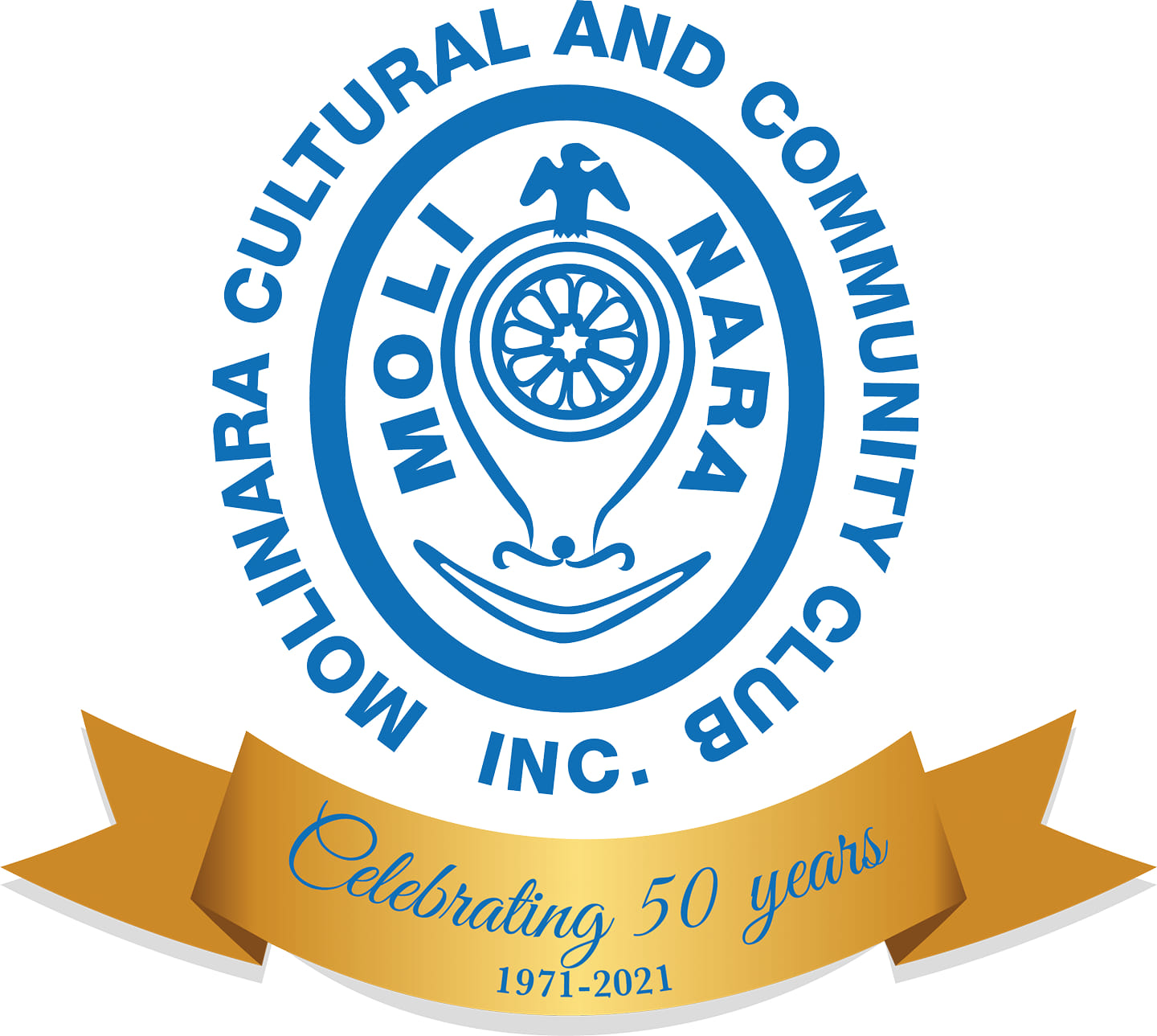Molinara is a town in the Province of Benevento in the Italian region Campania, located about 80 km northeast of Naples.
Origins
The exact origins of Molinara are uncertain but its origins are certainly connected to the history of the region. During the Fifth Century BC the Samnites ruled the region, following the Samnites the Roman Empire took control of the region.
Roman Empire
After the fall of the Roman Empire, southern Italy fell under the power of the Byzantine Empire. The Byzantine Empire is the term used to describe the Greek speaking Roman Empire during the Middle Ages
There is no consensus on the starting date of the Byzantine Period, some place it at 476 AD.
Greek Origins
The first references to the paese of Molinara result approximately 350 BC when a group of exiled Greek refugees settled south of the Borgo Antico where there were springs of water. It is here that they started to cultivate crops and plant vineyards. When the Greek settlement started to cultivate/mine the water resources of the area they built “mulini ad acqua” water mills. It is thought that the settlement during this time was called “Molinaria” o “Molina”. The first historical references to Molinara were during the rule of the Normans. They descended into southern Italy during the XI Century from Normandy, in France.
In 1911, the population was 3,369 but nowadays the population is under 2,000 people due to migration. “Until the early 1960s very few inhabitants lived outside the walls of the medieval fortified town. Inside the town sewerage was rudimentary, there was no electricity and water was available from the public fountains. Bartering rather than cash, was the preferred method of exchange, and Molinara’s economy was solely rural. Cereals and Olive oil were the main products of the town and outlying lands, it was also the local centre for grinding wheat into flour.
Farming was not easy, as there was very little machinery, and until the 1950s most families used donkeys and bullocks for ploughing fields.” (1) On 21st August 1962, Molinara was struck by an earthquake, it all but destroyed the medieval town.
Assistance by the Italian government and financial support from the Molinarese community in Adelaide the town was rebuilt outside the walls of the medieval town. The earthquake helped diversify the town’s economy focusing more on industrial and commercial enterprises. While the medieval town lay in ruins for many years, in 2016 it was re-opened fully renovated.
World War 2
During World War 2 Italy had an alliance with Germany, but Italy became an occupied nation. The German occupiers ruled through violence with the aid of the local Fascists. The story was the same for Molinara, the Germans descended on the town, set-up camp in the Mortina section of the paese and the Molinaresi were terrified. My father’s family (D’Onofrio), re-located from their home, in the middle of the night, to a deserted farmhouse in the hills and took their livestock with them. My grandfather refused to leave the family home. My mother was six years old and she remembers the German soldiers going to the Cirocco property in Fonteroccione and asking for meat. My grandmother dealt with them with my mother by her side and offering them eggs only. The men in the family were hidden as they feared they would be taken away and placed in German work camps. The German soldiers were hungry and pleaded with the locals for food. The Germans tried to befriend the locals by offering sweets to the children and cigarettes to the men. The whole town had one radio, in the barber shop, which would give them information regarding the war. The radio didn’t always work. The children under the Mussolini Fascist regime attended school wearing a black grembiulle (black apron) in honour of the Fascists. Children were taught that Mussolini was the only man who could lead Italy back to greatness. Children were taught to call him “Il Duce” and he greeted the children every morning by speaker. It was compulsory for boys to attend physical education classes on Saturday morning much to the dismay of parents that expected children to help on the farm when not attending classes. Mussolini wanted the boys fit and ready to fight for Italy. The Fascists took control of the education policy and they implemented an agenda of indoctrination. Fascism was a subject taught in its own right.
Italy was left devasted after the war due to bombing of the Italian peninsula during the war and the destruction left behind as the Germans retreated. The suffering caused by World War 2 and the lack of economic opportunity caused many young Italians to seek a life elsewhere. The Italian government of the 1950s and 1960s, struggling to feed, house and find employment for its citizens, actively promoted migration to Argentina, Canada and Australia. At the same time, Australia was embarking on an industrialisation and population program which would open the door to mass migration. Initially, British or ‘white’ migrants were favoured, but when quotas could not be filled, the Australian government turned to southern Europeans. Patterns of migration Between July 1947 and 1950 over 33,000 Italians migrated to Australia. The following decade saw the arrival of over 170,000 mostly southern Italians. Around 80% were sponsored by relatives or paesani (people from the same region), this became known as ‘Chain Migration.’ The largest group of Molinaresi migrated and settled in Adelaide. ‘Between the years 1945 and 1982 approx. 300 Molinaresi (15% of the population) migrated to Australia, nearly all of whom settled in Adelaide. Of these, just 38 later returned permanently to Italy.” (1) “The reasons for this group migration was for economic betterment but also due to the earthquake which occurred in Molinara in 1962. Today, Molinara remains a town of approximately 2,000 inhabitants.
References:
(1) Carr D “From Molinara to Adelaide: The Settlement in South Australia of a Small Southern Italian Community”. http://coasit.com.au/IHS/journals/Individual%20Journal%20Extracts/Molinara%20to%20Adelaide%20from%20IHS%20Journal0025.pdf


